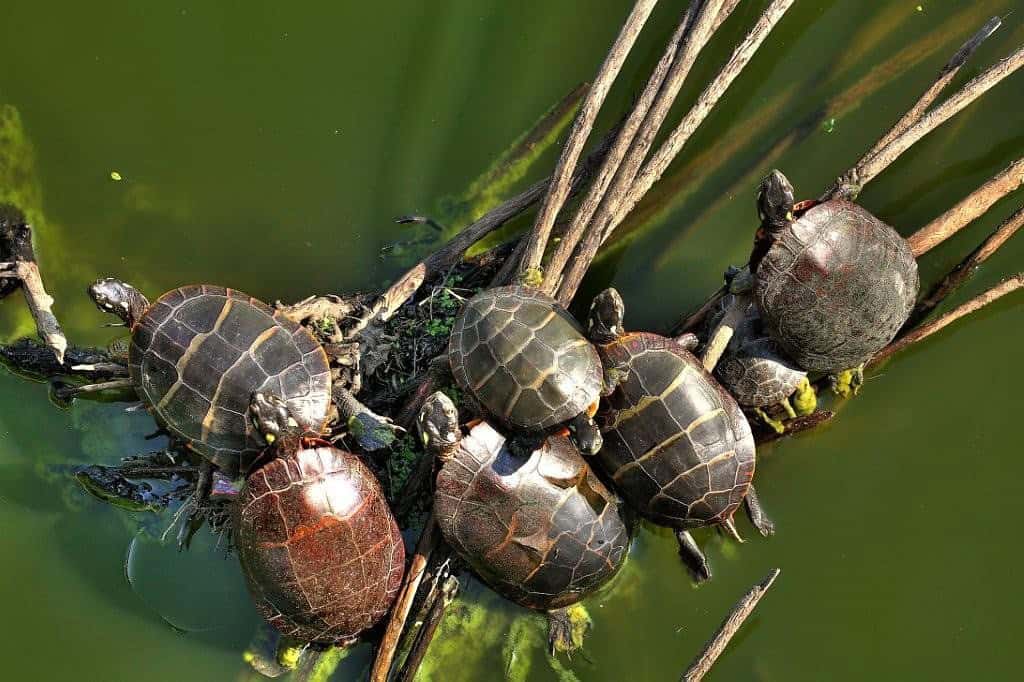In the harsh extremes of our planet, some remarkable creatures have evolved an extraordinary ability that seems to defy death itself—they can freeze solid and then return to life when conditions improve. This phenomenon, known as cryobiosis or freeze tolerance, represents one of nature’s most incredible survival adaptations. From tiny invertebrates to specific vertebrates that can endure being partially frozen, these animals possess specialized physiological mechanisms that protect their cells from the devastating damage typically caused by ice crystal formation. By understanding how these remarkable creatures cheat death through freezing, scientists hope to unlock secrets that could revolutionize medical science, particularly in areas like organ preservation and trauma care. Join us on this fascinating journey through the animal kingdom as we explore these remarkable freeze-resistant survivors and their extraordinary abilities.
The Science of Surviving Freezing

For most living organisms, freezing is fatal. When temperatures drop below freezing, water molecules form ice crystals that expand and physically rupture cell membranes—essentially shredding the cell from the inside out. Additionally, as water freezes into ice, it becomes unavailable to participate in the biochemical reactions necessary for life. This double threat of physical damage and biochemical shutdown makes freezing lethal for most animals.
However, freeze-tolerant animals have evolved remarkable adaptations to survive this process. These adaptations generally fall into two categories: freeze avoidance (preventing ice formation) and freeze tolerance (surviving ice formation). Animals that can genuinely freeze and revive typically produce special antifreeze proteins and cryoprotectant compounds like glycerol and glucose, which lower freezing points, control ice crystal growth, and protect cellular structures. Some species can replace up to 65% of their body water with these protective compounds, essentially creating a natural antifreeze system that allows them to survive in a state of suspended animation until conditions improve.
Wood Frogs: The Freeze-Tolerant Amphibians

Wood frogs (Lithobates sylvaticus) are perhaps the most famous vertebrate freeze-survival specialists. Native to North America, these remarkable amphibians can survive having up to 65-70% of their total body water frozen solid during winter. As temperatures drop in autumn, wood frogs begin preparing by accumulating glucose and urea in their tissues, which serve as natural cryoprotectants.
When freezing begins, the wood frog’s heart actually stops beating, and it ceases breathing. To the touch, they feel like ice cubes with legs. Their internal organs are frozen, blood flow stops completely, and brain activity ceases. By any traditional definition, they appear dead. Yet when spring arrives and temperatures rise, the ice within their bodies melts, their hearts begin beating again, and within hours they resume normal activities—hopping around and preparing for breeding season as if nothing extraordinary had happened. This freeze-thaw cycle can be repeated multiple times throughout a winter, making wood frogs true masters of cryobiosis among vertebrates.
Tardigrades: Microscopic Survival Champions

Tardigrades, often called water bears or moss piglets, are microscopic animals renowned for their exceptional survival abilities. These tiny creatures, typically less than 1mm long, can survive temperatures from near absolute zero (-458°F or -272°C) to well above boiling. When facing freezing conditions, tardigrades enter a state called cryptobiosis, specifically a form known as cryobiosis.
During cryobiosis, tardigrades replace almost all the water in their bodies with a sugar called trehalose, which prevents damaging ice crystals from forming. They curl into a dehydrated ball called a “tun” state, reducing their water content to less than 3%. In this condition, they essentially suspend all metabolic processes. Remarkably, tardigrades can remain in this frozen state for decades—possibly even centuries—before rehydrating and resuming normal activity when conditions improve. Their extreme durability extends beyond Earth; experiments have shown they can even survive the vacuum and radiation of space, making them arguably the toughest animals on (or off) our planet.
Arctic Ground Squirrels: Supercooling Specialists
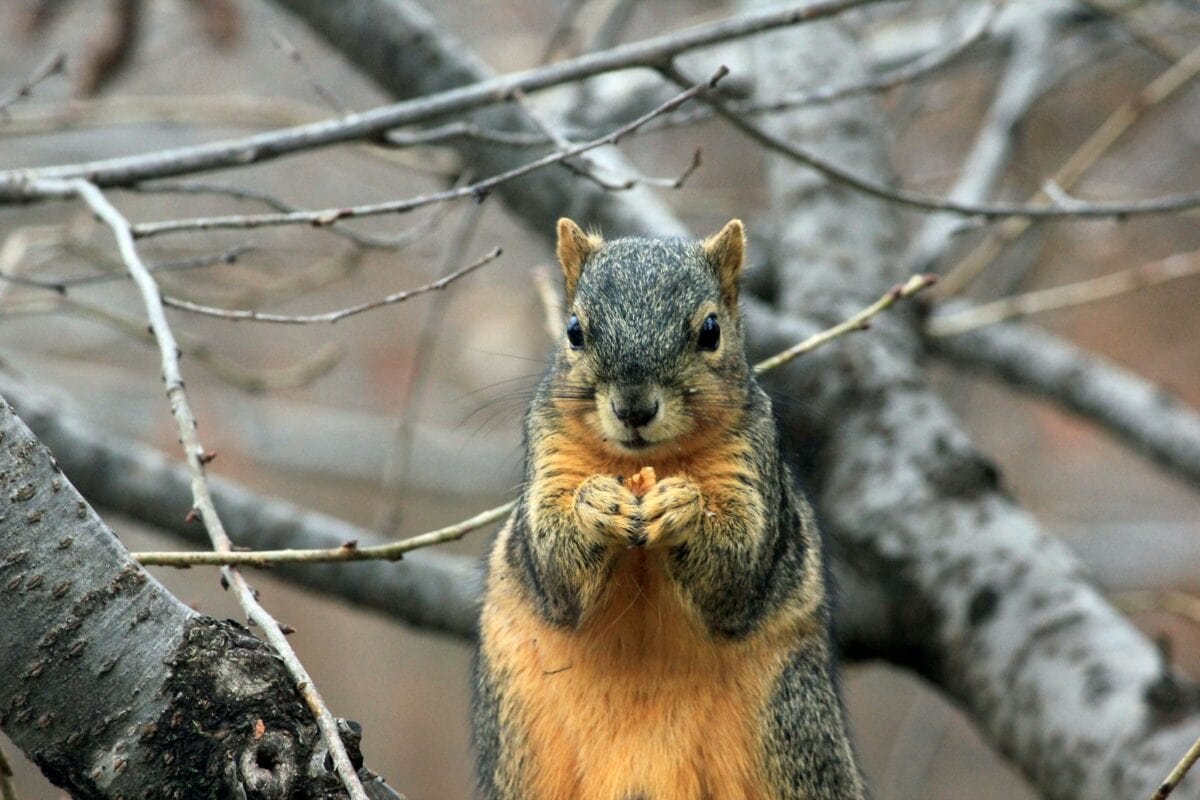
Arctic ground squirrels (Urocitellus parryii) employ a fascinating variation of freeze survival during their winter hibernation. Unlike some other animals on this list, they don’t allow their bodies to freeze solid, but they push the boundaries of cold endurance through a process called supercooling. During their hibernation period, these remarkable rodents can allow their body temperature to drop below the freezing point of water—to as low as 26°F (-3°C)—without actually freezing solid.
This is particularly impressive for a mammal, as most mammals die if their body temperature drops more than a few degrees below normal. Arctic ground squirrels achieve this feat by clearing their bloodstream of particles that might trigger ice formation and by producing antifreeze proteins. During hibernation, their heart rate drops from 200-300 beats per minute to just 3-10, and they take only a few breaths per minute. This extreme physiological state, which borders on freezing without actually crossing that threshold, allows them to conserve energy through the harsh Arctic winter when food is scarce. When spring arrives, they slowly warm themselves through a process of shivering and increased metabolism, returning to normal activity without any apparent ill effects.
Antarctic Nematodes: Freezing in the Earth’s Coldest Places

In the harsh, dry valleys of Antarctica, where temperatures can plummet to -40°F (-40°C) and below, lives a remarkable species of nematode worm called Plectus murrayi. These microscopic animals have evolved exceptional freeze tolerance that allows them to survive in one of Earth’s most extreme environments. When temperatures drop, these nematodes can endure having more than 80% of their body water converted to ice.
Antarctic nematodes prepare for freezing by synthesizing specialized proteins and sugars that protect their cell membranes and prevent destructive ice crystal formation. They also enter a state called anhydrobiosis, where they lose almost all body water, helping them survive not just freezing but also the extreme dryness of the Antarctic environment. Research has shown that these nematodes can remain frozen for decades while preserving their DNA integrity and cellular structures. When warmer conditions return—even briefly during the Antarctic summer—they can thaw and resume their life cycles. Their remarkable adaptation represents one of the most extreme examples of cold tolerance in the animal kingdom, allowing life to persist even in Antarctica’s most hostile regions.
Frozen Insects: From Alaskan Beetles to Arctic Caterpillars
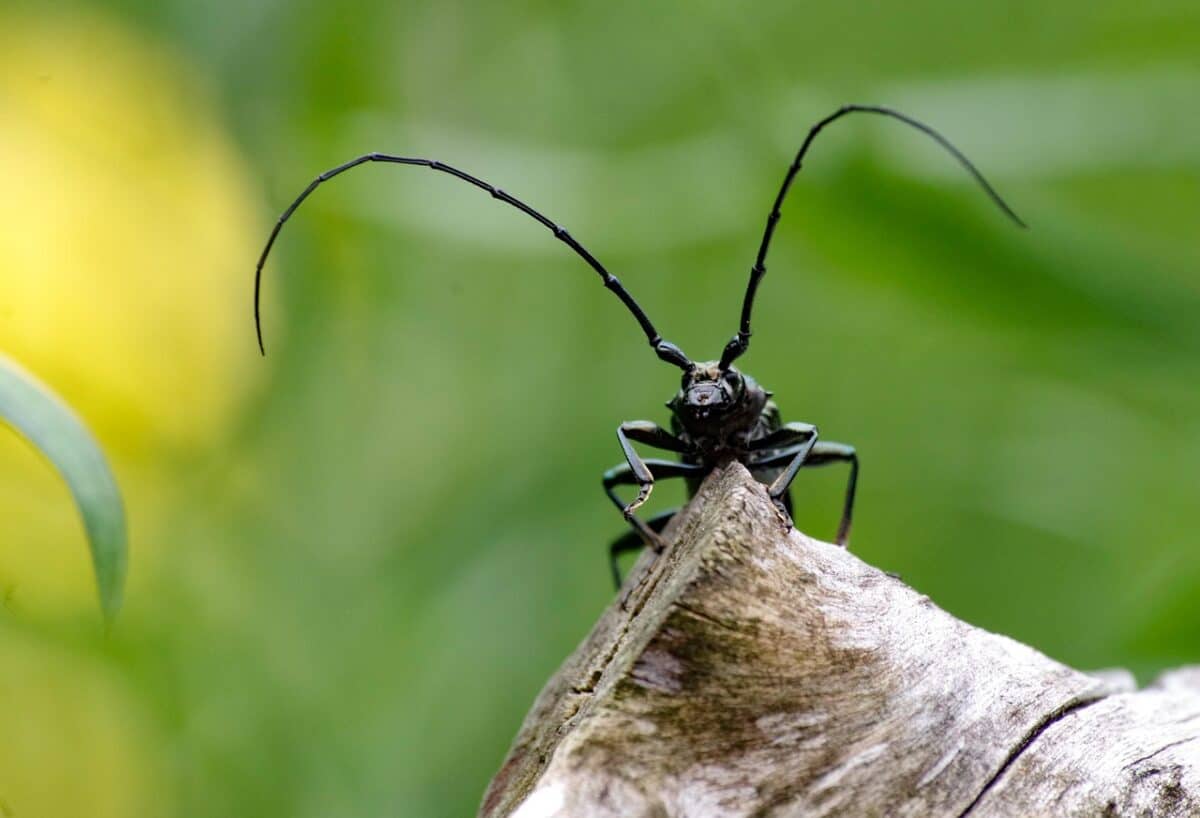
Numerous insect species have evolved impressive freeze tolerance, particularly those inhabiting polar and sub-polar regions. The Alaskan beetle Cucujus clavipes can survive temperatures as low as -150°F (-100°C) by using a combination of antifreeze proteins and dehydration techniques. These beetles prepare for winter by gradually reducing the water content in their bodies while increasing glycerol and antifreeze protein concentrations, effectively preventing cell-destroying ice formation.
Another remarkable example is the Arctic woolly bear caterpillar (Gynaephora groenlandica), which has one of the longest life cycles of any insect—up to 14 years—largely because it spends most of its life frozen. These caterpillars can endure temperatures down to -70°F (-57°C) and may freeze and thaw repeatedly during their extended development. During each Arctic summer, they may only feed and grow for a few weeks before freezing again. Unlike many animals that freeze once per winter, these caterpillars may experience 7-14 complete freeze-thaw cycles during their lifetime, representing an extraordinary adaptation to one of Earth’s most challenging environments. Their ability to repeatedly survive freezing without accumulating cellular damage makes them particularly interesting to researchers studying mechanisms of freeze tolerance.
Frozen Fish: The Remarkable Case of Arctic Cod
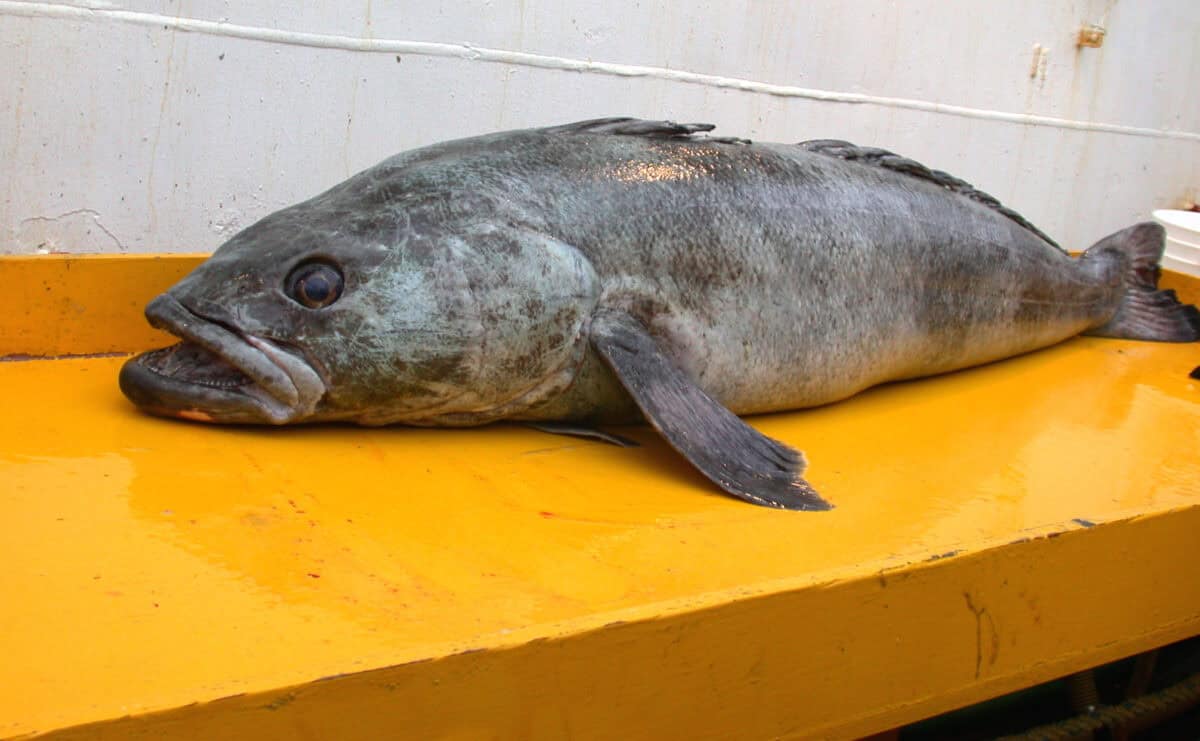
While few fish can survive actual freezing, several species living in polar waters have developed remarkable adaptations to survive in water temperatures below the normal freezing point of fish blood. The Arctic cod (Boreogadus saida) is particularly noteworthy for its ability to thrive in water temperatures as cold as 28°F (-2°C), which would freeze most other fish solid.
Arctic cod produce specialized antifreeze glycoproteins (AFGPs) that bind to tiny ice crystals as they begin to form, preventing them from growing larger and damaging cells. These proteins essentially lower the freezing point of the fish’s bodily fluids by almost 2°C. While not technically freezing and reviving like some other animals on this list, Arctic cod demonstrate the remarkable diversity of cold-survival strategies in nature. Their antifreeze compounds are so effective that the fish can survive even when surrounded by ice crystals in seawater. This adaptation allows them to occupy ecological niches unavailable to other fish species, feeding and reproducing in the extremely cold waters beneath Arctic sea ice where few predators can follow.
Frozen Reptiles: The Painted Turtle’s Winter Survival
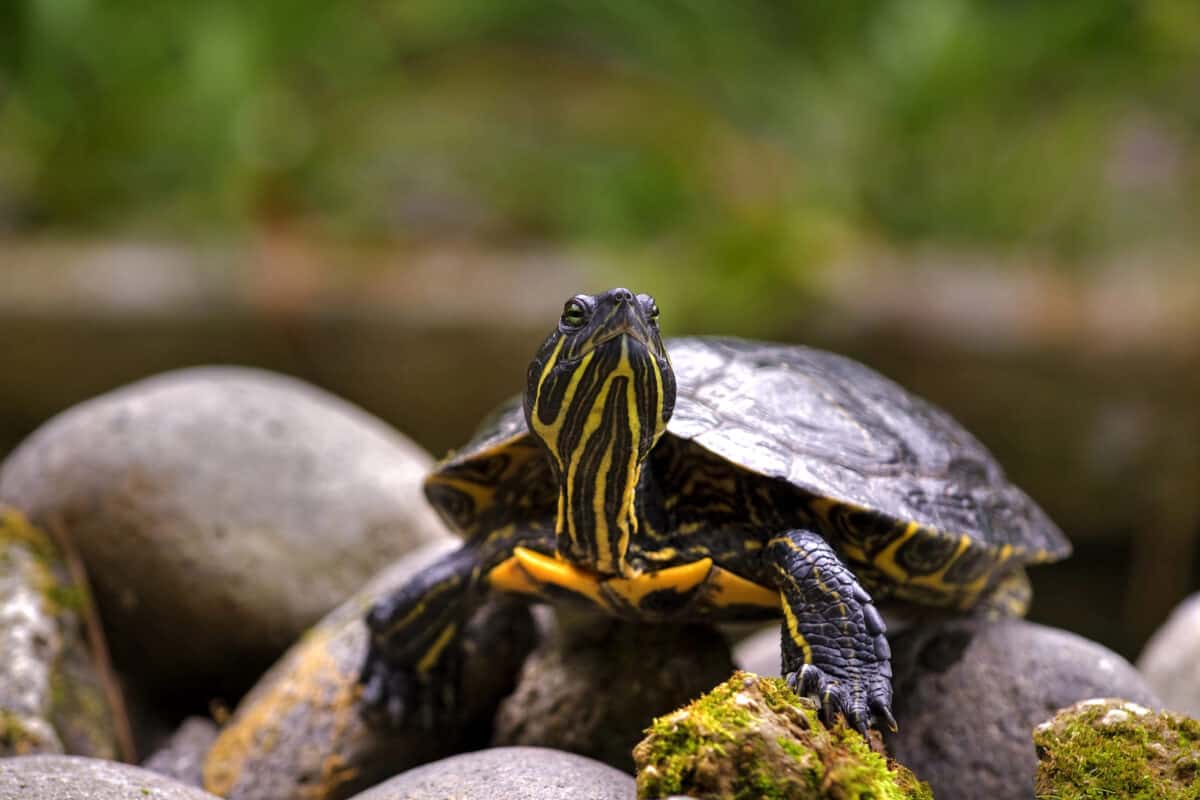
The painted turtle (Chrysemys picta) demonstrates one of the most impressive freeze-tolerance abilities among reptiles. Young painted turtles, particularly hatchlings, often spend their first winter inside their nest below ground in northern regions where temperatures regularly drop below freezing. Unlike adult turtles that escape freezing by hibernating underwater, these hatchlings must endure freezing temperatures with limited protective options.
When exposed to freezing, painted turtle hatchlings can survive having up to 50% of their body water converted to ice. Their hearts stop beating, blood flow ceases, and they show no signs of life. The turtles produce high concentrations of glucose and other cryoprotectants that protect vital organs and cells from ice damage. Remarkably, they can also survive extended periods without oxygen (anoxia) while frozen—up to several months—an ability that would be fatal for most vertebrates. When spring arrives and temperatures warm, the turtles thaw, resume normal physiological functions, and emerge from their nests to begin their aquatic lives. This remarkable adaptation allows painted turtles to extend their range farther north than most other turtle species, showing how freeze tolerance can provide significant ecological advantages.
Rotifers: Ancient Freeze Survivors
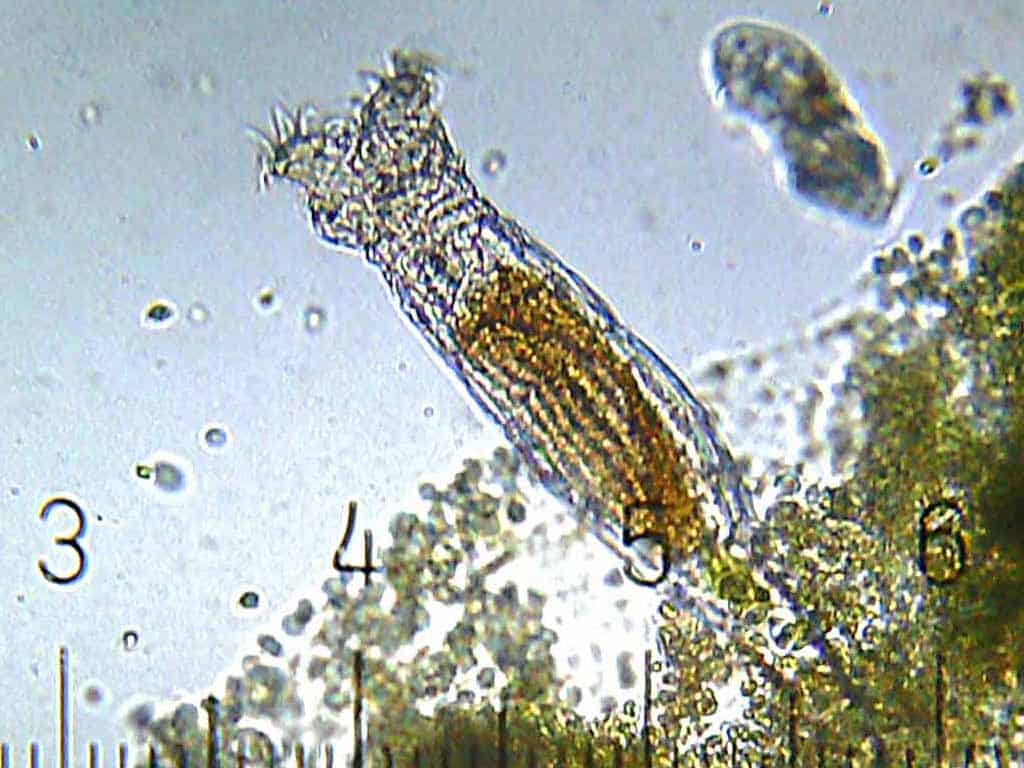
Bdelloid rotifers are microscopic aquatic animals with an extraordinary ability to survive freezing. These tiny creatures, typically less than a millimeter long, can enter a state called cryptobiosis when facing adverse conditions like freezing temperatures. In this state, they contract into a barrel shape, reduce their metabolic activity to an undetectable level, and can remain viable for extraordinary periods—some research suggests potentially thousands of years.
One remarkable study published in 2021 reported the successful revival of bdelloid rotifers that had been frozen in Siberian permafrost for approximately 24,000 years. When the ancient ice was thawed under laboratory conditions, the rotifers returned to life and began reproducing, demonstrating not only survival but maintained reproductive capability after an extraordinarily long freezing period. This incredible longevity while frozen makes rotifers valuable subjects for studying the biological mechanisms of cryptobiosis and aging. Their ability to repair DNA damage that accumulates during their frozen state is of particular interest to researchers exploring applications in medicine and cryopreservation technology.
Frozen Resurrection Plants: The Borderline Case
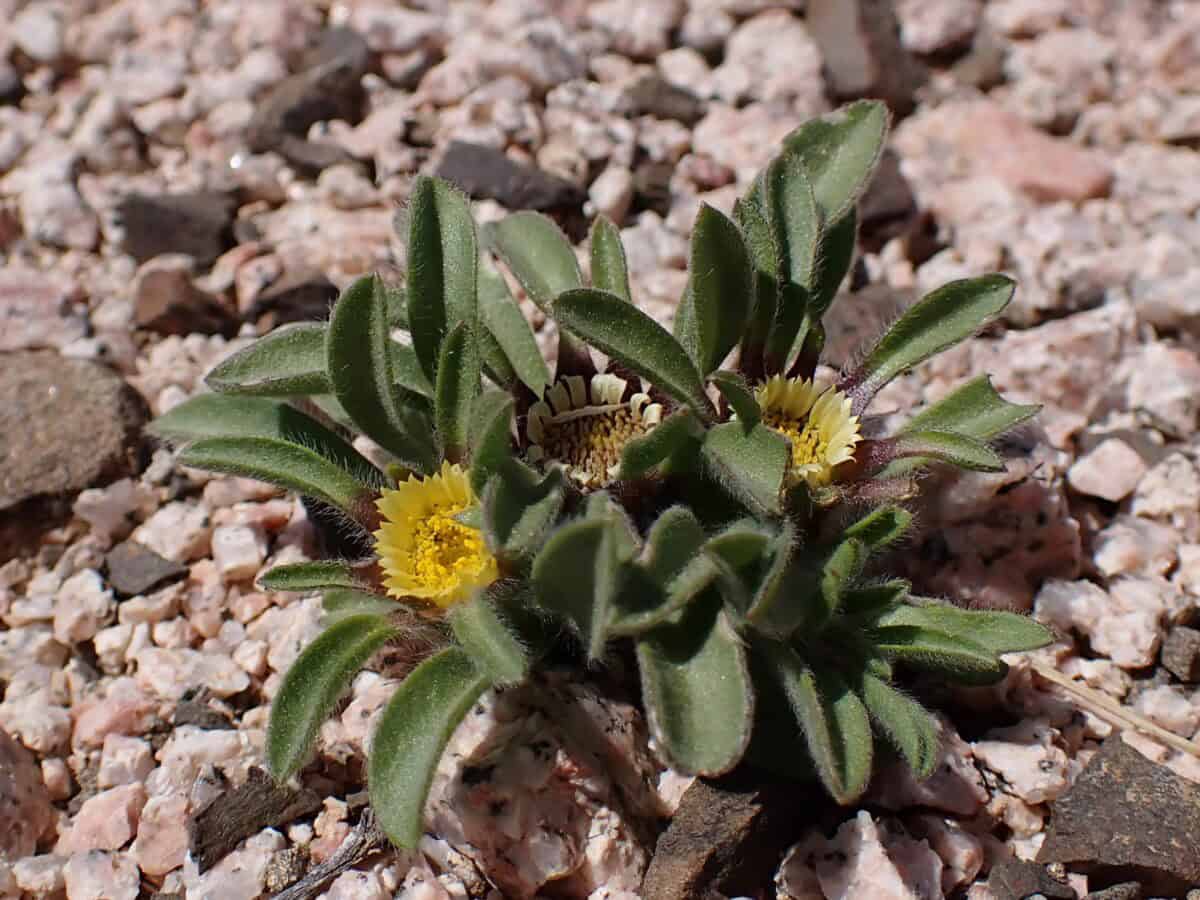
While not animals, certain plants known as “resurrection plants” deserve mention for their remarkable freeze-survival capabilities that parallel animal cryobiosis. Species like Selaginella lepidophylla (rose of Jericho) and various mosses can endure complete desiccation and freezing, then return to normal metabolic activity when conditions improve—similar to the cryobiotic animals we’ve discussed.
When facing freezing or extreme drought, these plants can lose over 95% of their cellular water, essentially entering suspended animation where metabolic processes virtually cease. Their cells produce protective sugars like trehalose (the same compound used by tardigrades) and specific proteins that stabilize cell membranes and prevent damage to cellular machinery. When moisture returns and temperatures rise, they can rehydrate and resume photosynthesis within hours. Some moss species recovered after being frozen in glaciers for hundreds of years, demonstrating long-term cryobiotic potential comparable to animal species like rotifers. These plants offer valuable comparative models for understanding convergent evolution of freeze tolerance across different kingdoms of life.
Medical Applications and Human Research

The remarkable freeze-tolerance mechanisms found in nature have inspired significant medical research, particularly in the fields of organ preservation and emergency medicine. Currently, human organs for transplantation remain viable for only a limited time—typically hours—before deterioration makes them unusable. By studying animals like wood frogs and Arctic ground squirrels, scientists hope to develop better cryoprotectants and protocols that could extend organ preservation times from hours to days or even weeks, potentially saving thousands of lives annually.
Another promising application involves trauma medicine. When humans experience severe blood loss, tissues quickly begin dying from oxygen deprivation. Researchers are investigating how the cellular protection mechanisms of freeze-tolerant animals might be adapted to induce a temporary suspended animation-like state in trauma patients, preserving tissues until proper medical care can be administered. Companies and research institutions are already developing synthetic versions of antifreeze proteins found in freeze-tolerant animals, hoping to create better preservation solutions for cells, tissues, and organs. While true human cryopreservation remains in the realm of science fiction, the cellular and molecular adaptations of freeze-tolerant animals are providing crucial insights that may revolutionize multiple fields of medicine in the coming decades.
Conclusion: Nature’s Cryonic Wonders
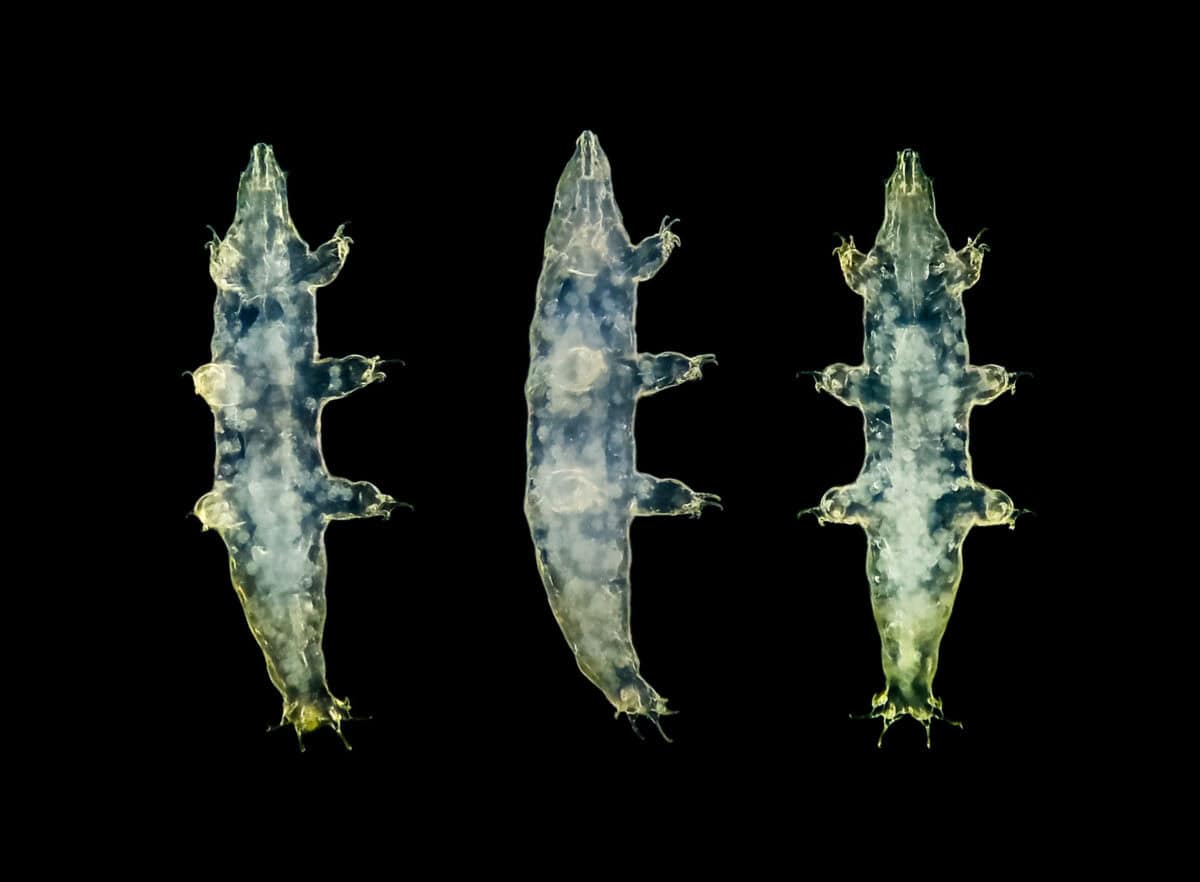
The remarkable ability of certain animals to survive freezing represents one of nature’s most extraordinary adaptations to environmental extremes. From microscopic tardigrades that can endure the vacuum of space to wood frogs that spend winters as frogsicles, these creatures have evolved sophisticated biochemical strategies that protect their cells and tissues from the normally devastating effects of ice formation. The diversity of these adaptations—from antifreeze proteins and cryoprotectant sugars to controlled dehydration and metabolic suspension—showcases the incredible ingenuity of evolutionary processes in solving one of life’s greatest challenges.
As climate change continues to alter global temperature patterns, studying these freeze-tolerant animals takes on new significance, helping scientists understand how organisms might adapt to changing conditions. Meanwhile, the medical applications of this research offer tantalizing possibilities for advancing human healthcare, particularly in areas like organ preservation, trauma care, and even long-term space travel. While humans may never develop the ability to survive freezing naturally, the lessons learned from these remarkable creatures could nonetheless transform our approach to medical challenges involving cellular preservation and protection.
Perhaps most profoundly, these freeze-resistant animals challenge our understanding of the boundary between life and death. In their frozen state—with no heartbeat, respiration, or brain activity—they exist in a biological limbo that defies simple classification. Their ability to return from this death-like state reminds us that life’s resilience and adaptability continue to surpass our expectations, inspiring both scientific inquiry and a deeper appreciation for the remarkable diversity of survival strategies in our natural world.
- The Only Mammal That Can Breathe Through Its Skin - August 19, 2025
- How to Win Over Judges in Dressage Competitions - August 19, 2025
- Is There Hope for the Critically Endangered Amur Leopard? - August 19, 2025

